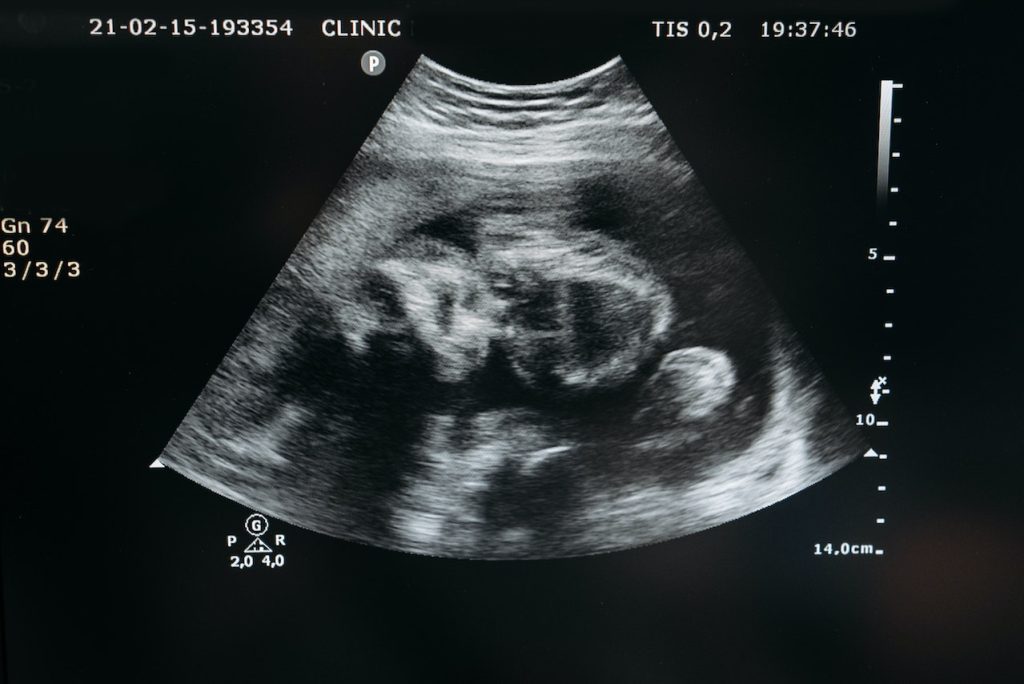Obesity Genetic Risk Could be Curbed by Practising Restraint

Obesity risk genes make people feel hungrier and lose control over their eating, but practisng dietary restraint could counteract this, according to new research from University of Exeter. Published in the International Journal of Epidemiology, the study found that those with higher genetic risk of obesity can reduce the effects that are transmitted via hunger and uncontrolled eating by up to half through dietary restraint.
Lead author psychology PhD student, Shahina Begum said: “At a time when high calorie foods are aggressively marketed to us, it’s more important than ever to understand how genes influence BMI. We already know that these genes impact traits and behaviours such as hunger and emotional eating, but what makes this study different is that we tested the influence of two types of dietary restraint – rigid and flexible – on the effect of these behaviours. What we discovered for the first time was that increasing both types of restraint could potentially improve BMI in people genetically at risk; meaning that restraint-based interventions could be useful to target the problem.”
Genes linked to obesity increase BMI, with up to a quarter of this effect explained by increases in hunger and uncontrolled (including emotional) eating. There are over 900 genes that have so far been identified by researchers as being associated with BMI and several studies suggest these risk genes influence feelings of hunger and loss of control towards food.
This study examined 3780 adults aged between 22 and 92 years old from two UK cohorts: the Genetics of Appetite Study, and Avon Longitudinal Study of Parents and Children. Their weight and height were measured, and they provided a DNA sample via their blood to calculate an overall score for their genetic risk of obesity. They then completed questionnaires to measure 13 different eating behaviours, including disinhibition (a tendency to engage in binge or emotional eating) and over-eating due to hunger.
As expected, researchers found that a higher genetic risk score was associated with a higher BMI, partly due to increased disinhibition and hunger. However, results also found that those who had high levels of dietary restraint reduced those effects by almost half for disinhibition and a third for hunger, suggesting that restraint may counteract some of the effects of genetic risk.
There are different types of dietary restraint, including flexible strategies to rigid strategies, like calorie counting. The study tested the influence of both types of restraint for the first time and found both could potentially improve BMI in people genetically at risk.
Interventions to facilitate dietary restraint could include changing the food environment (by reducing the calorie content or portion size of food) or supporting individuals. To this end, members of the research team have developed a Food Trainer app (https://www.exeter.ac.uk/research/foodt/) to help achieve that. The app works as a game that trains people to repeatedly stop to high calorie food and research suggests this training may be particularly beneficial for those with a higher BMI.
Source: University of Exeter




